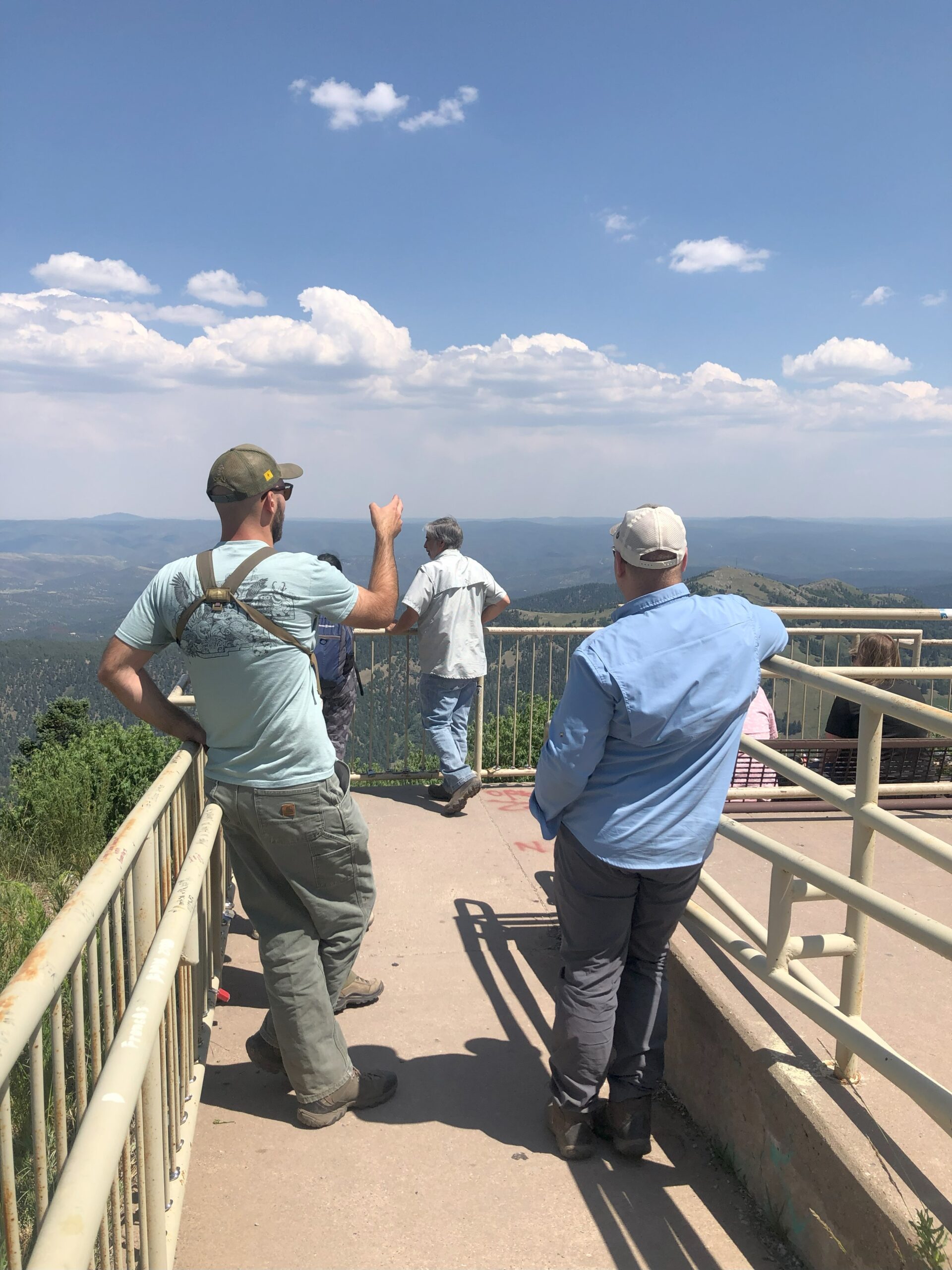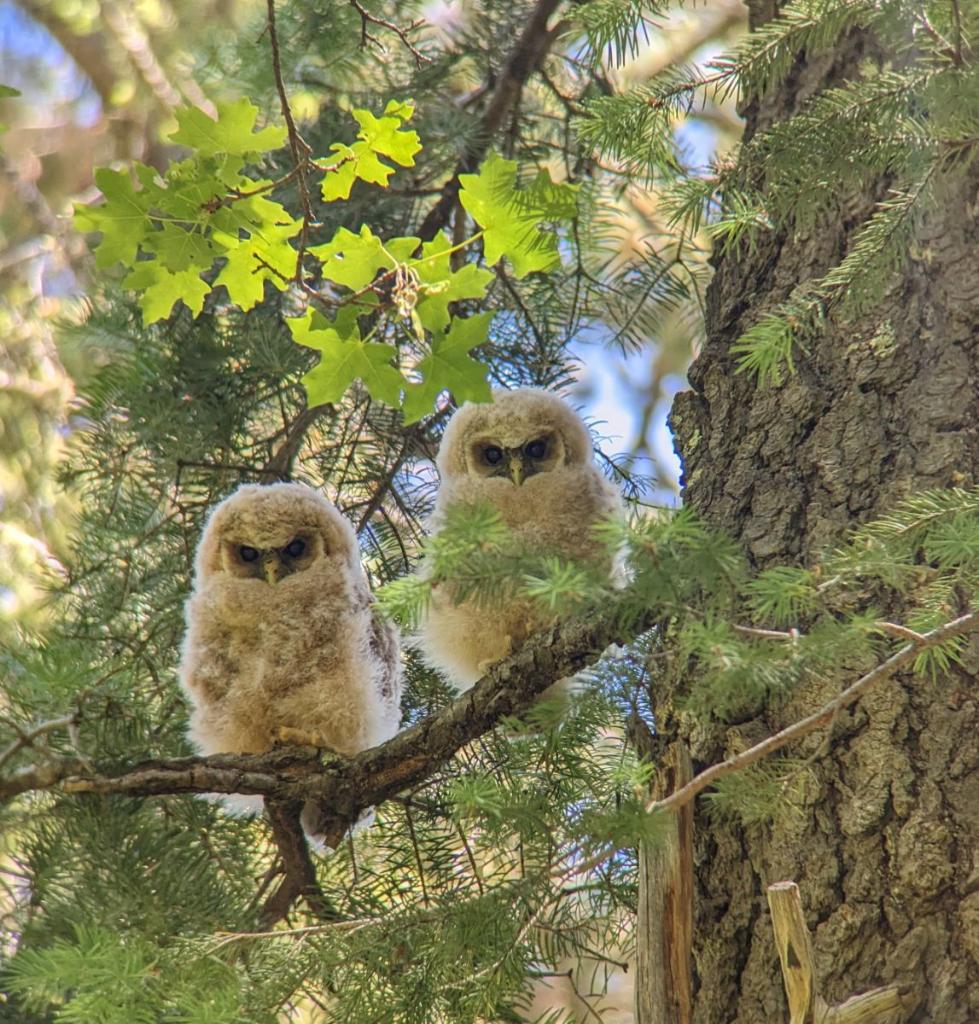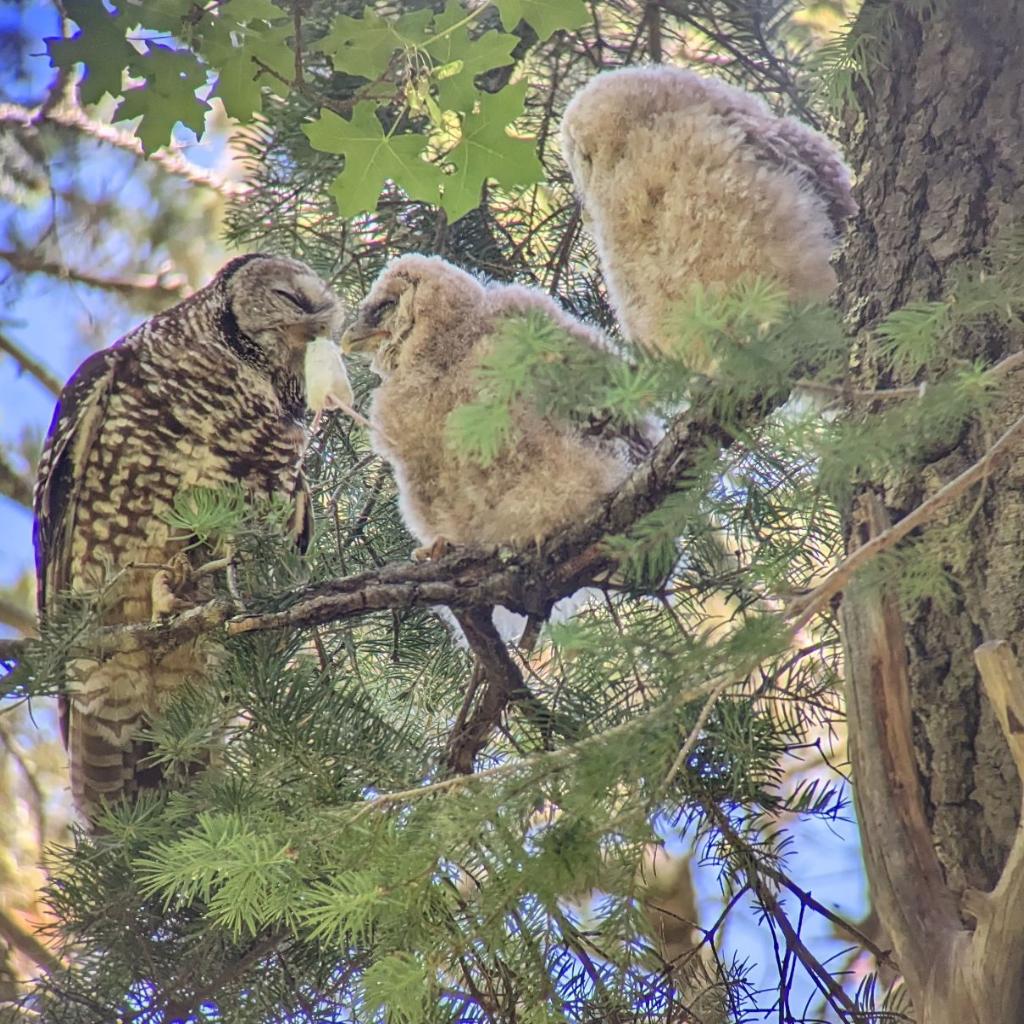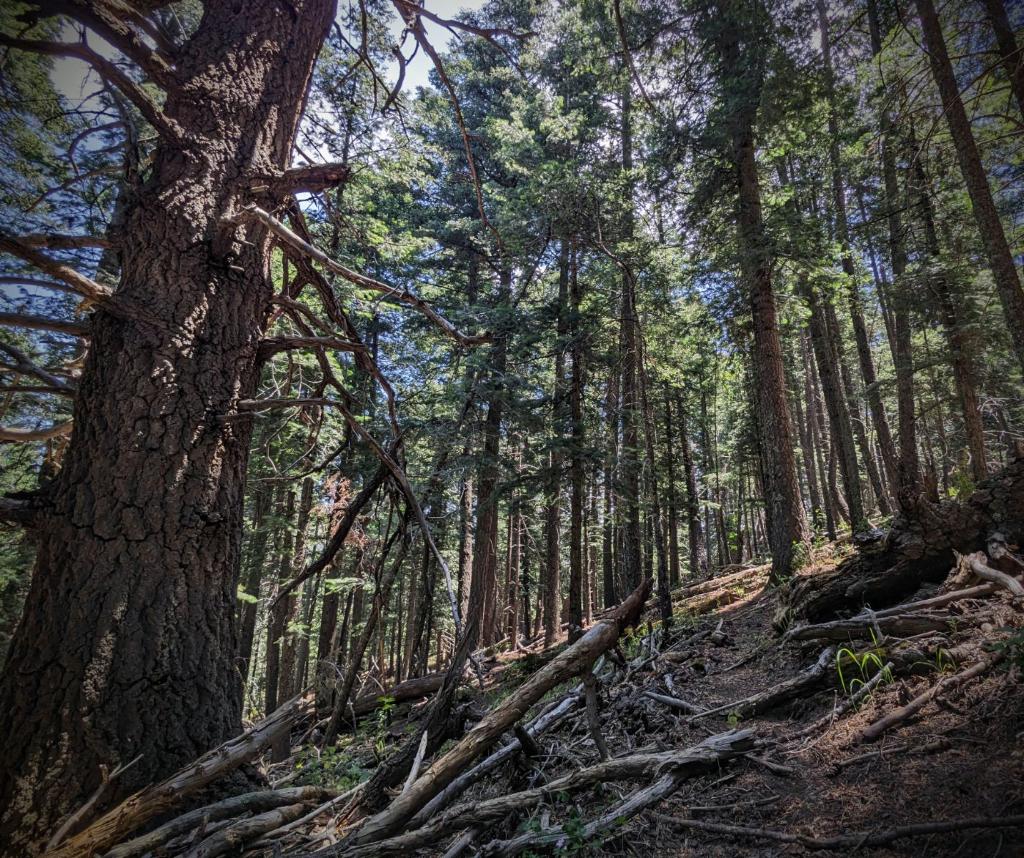The fascinating thing about moving to a new place is the people you get to meet. Sometimes you never know what type of connections you will develop, the stories you will hear, the advice you will receive, and the memories you will make. More importantly, the opportunities the future will hold because “It’s all about connections” as stated by Kathryn, the FS Southwestern Regional Botanist, over lunch in Santa Fe.

My CLM mentor, Larry, is all too familiar with this concept. On more than one occasion he mentioned one of the factors that led him to become the Wildlife Biologist at Smoker Bear District for the Lincoln National Forest was because the HR person was someone that knew him from a previous job in Oregon. Of course, the HR individual put in a good word for him. Nearing end of the story, Larry mentions he genuinely loves his job because for the past 35 years he worked closely with Mexican spotted owl across the Lincoln NF. This raptor species was another reason why Larry took the job here as he previously worked with the Northern spotted owls on the Mount Baker-Snoqualmie NF.


Unfortunately, the Mexican spotted owl is federally listed as a threatened
species under the Endangered Species Act. The decline of the species is due
to habitat loss and alteration caused by timber harvest and wildfires over the years.
Therefore, part of Larry’s job is to conduct owl surveys, which determine the
location and distribution of owl pairs and nest sites and determine if they are
successfully producing offspring.
Luckily, Larry took us with him on an owl survey on our third day on the job. As we drove into Lincoln NF, I didn’t know what to expect other than Larry was looking for the owls while we did some botanizing along the way. However, Larry explained the survey process starts by hiking into the forest with a known pair activity, in other words, where owls were known to nest. Often occurs in the Canadian life zone, which consists of mixed conifer forest that includes species such as white fir, Douglas fir, southwestern white pine, ponderosa pine, etc.

Once at the area, owl calls are played off a recording, or if you are like Larry, different
owl calls are imitated to entice the owl for a response. Usually, this part of
the survey process would happen in the night. If there was a response, they
would go back to the area the next morning and look at any owls or fledglings
on the surrounding trees. Once an owl is located and no fledglings are in sight,
they try to locate the nest by offering a live mouse to the male or female owl
hoping it will take it back to their offspring.
Unfortunately, there was no response in our first location. However, at our
second location, Larry was able to locate the fledglings after seeing the
shadow of an owl fly over him when he imitated different owl sounds. You can
hear his excitement as he called out to us to come over where he was.
As I approached where he was standing, I saw a bundle of football size white fuzz on a branch. It was my first time seeing a pair of fledgling and I didn’t expect how odd
looking they were going to be. Nonetheless, it was a sight to see. Larry then
located the female owl nearby, which was difficult to spot as it camouflaged
with the bark and branches of the trees. Larry then carefully removed a live
mouse from a container and placed it on a nearby branch. Watching, we saw the
owl position itself for flight and take the mice without making a sound. Eventually,
taking the mice to one of the fledglings.
We continue marvel at the raptor species, but eventually, it was time to head back to the office.
